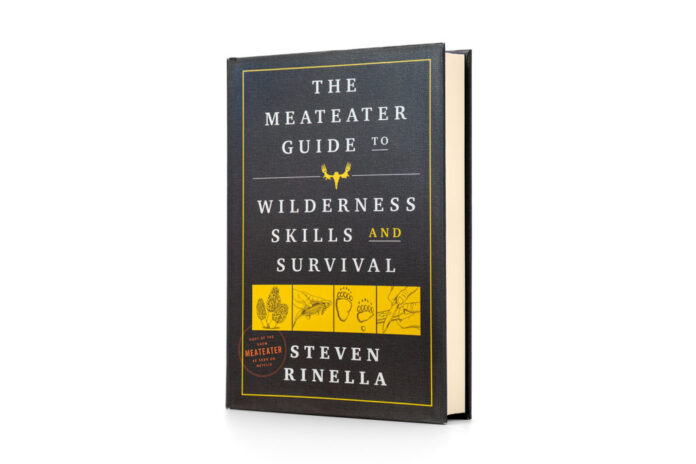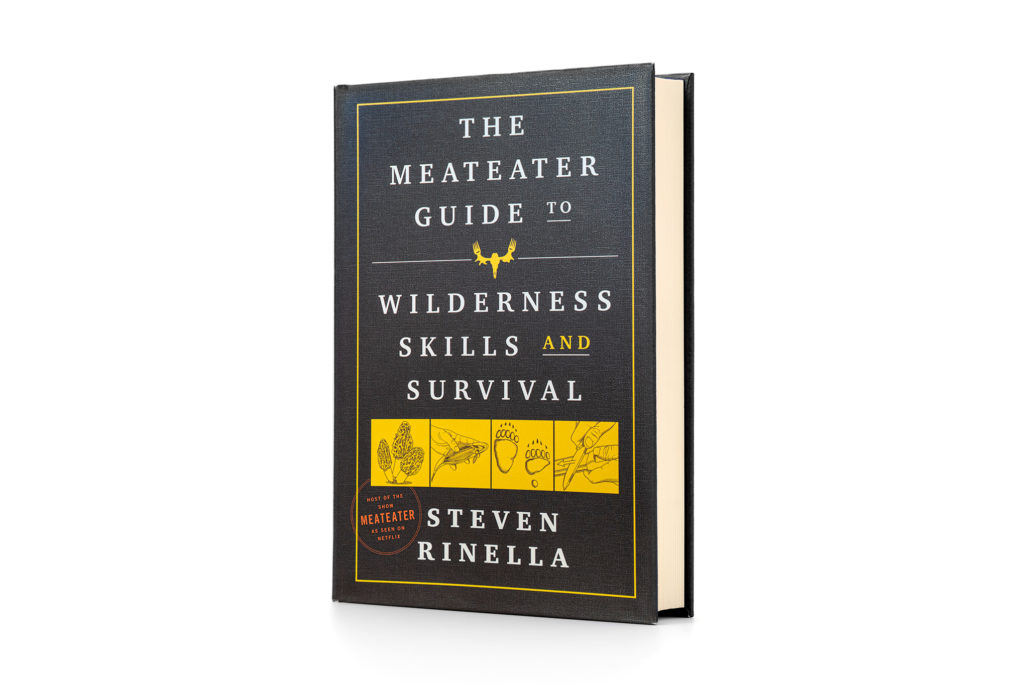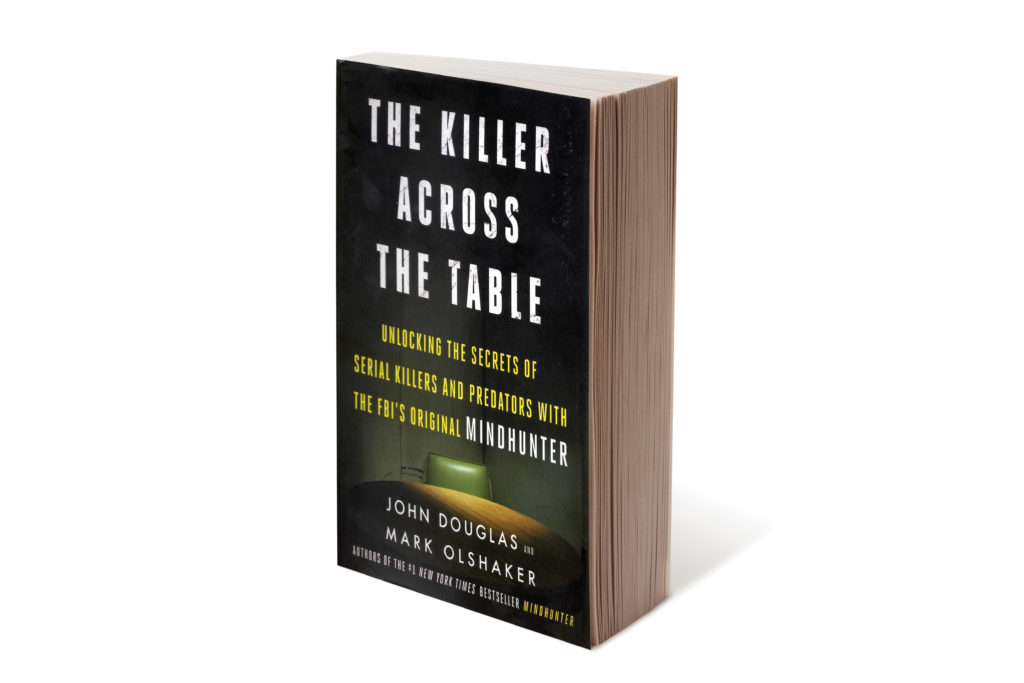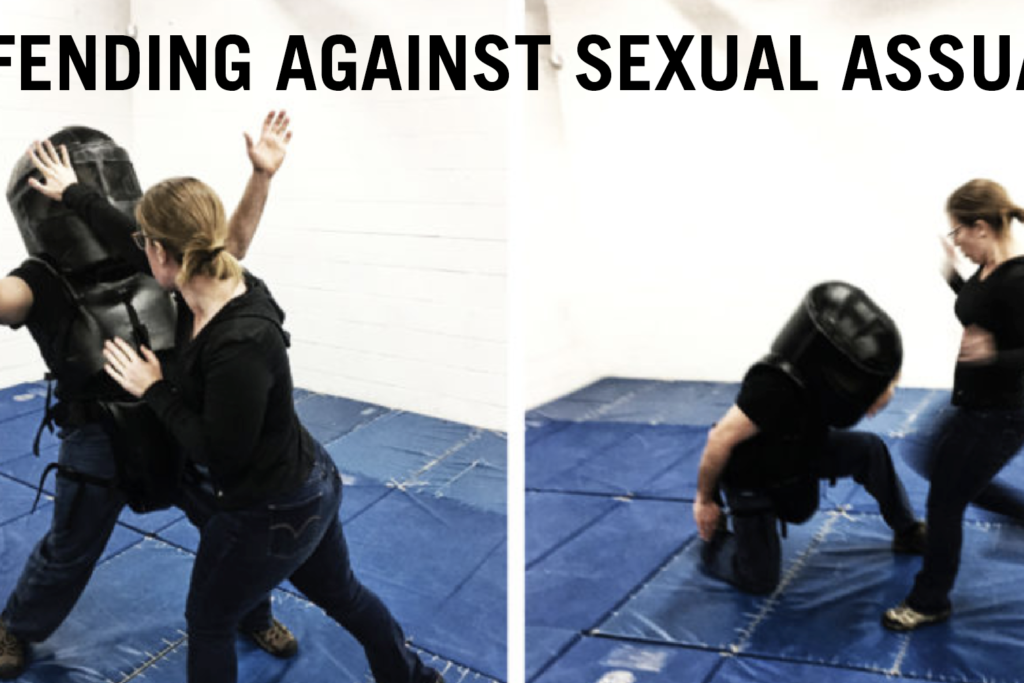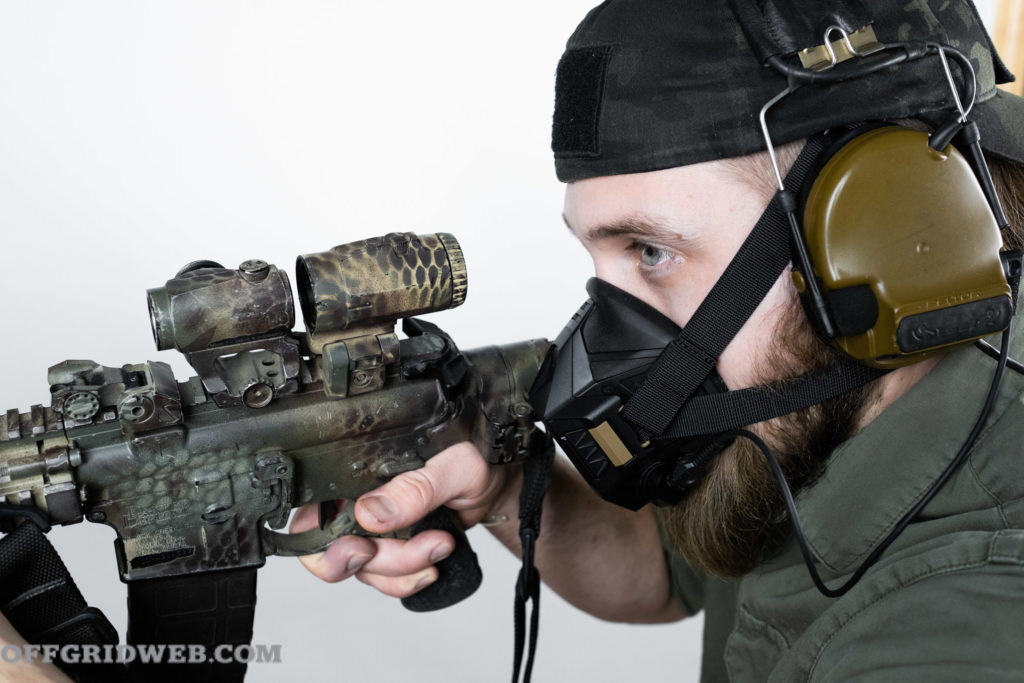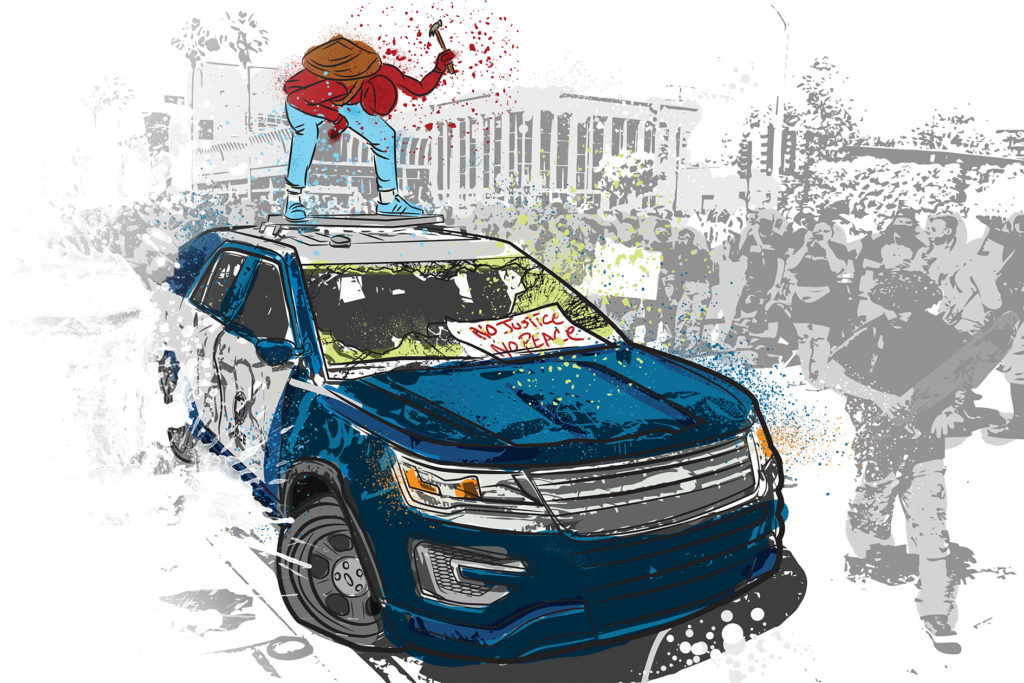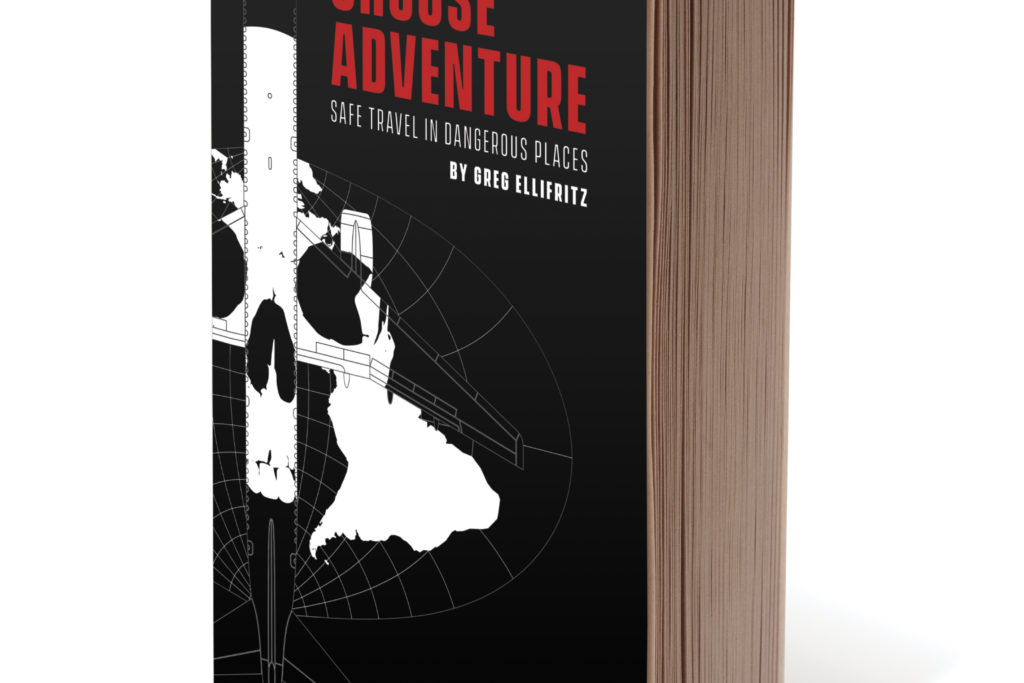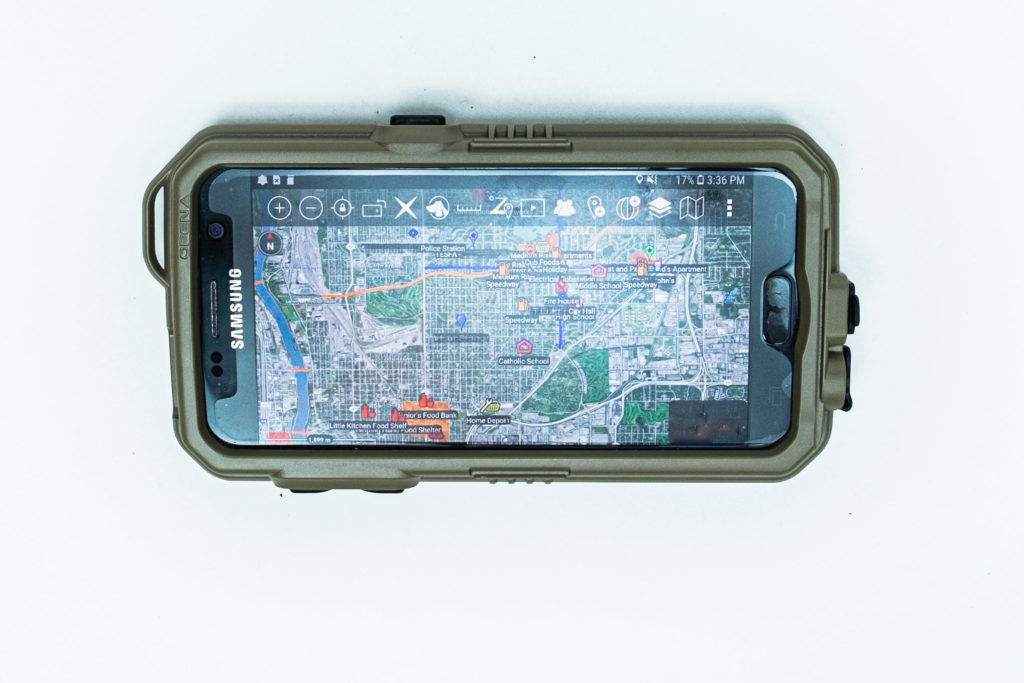The Premise: This book is a 21st-century outdoorsman’s manual. It’s meant to be a practical guide to the thoughtful process of gear selection, food and water, dangers to be aware of, shelter and warmth, navigation and travel planning, and medical safety. It’s a team effort from a group of professionals. To date, it has sold over 100,000 copies. While it’s aimed primarily at the active outdoorsman, the information in the book also serves as a detailed manual for disaster preparedness.
The 411: The pages of this book are densely packed with practical info, with no extraneous filler.
I spoke with author Steve Rinella as part of my review process for this book, and think he can best describe the aim of this book in his own words:
Steven Rinella: “I’ve always gone into the outdoors, out in the wilderness, with something I wanted to accomplish. Whether it’s working as a journalist in very remote corners of the world, or filming a TV show, or hunting, or taking my kids out to teach them about nature, I’m going out because I want to get something done. I view wilderness survival skills as a way to facilitate accomplishing my goal.
“It’s not like I do a lot of camping just for the sake of camping. There’s a level of determination to go into places, enjoy them, and be effective. To do that, there are a lot of practical skills one needs to develop. There are also skills that you need to accumulate over the years. I think that once you get pared down to the things you need, and you know how to maintain them, then you know their applications. You keep them in your home, and they become a part of your home. We wrote a lot about building a basic kit. And then we say, it’s not a survival kit. It’s not a medical kit. It’s all those and more.
“When we go on a family vacation, I packed these things with me because it’s the stuff I know I need. It expands my ability to do things and feel comfortable. It’s got flashlights, batteries, med equipment, zip ties, all these things. Am I going into a wilderness setting? No. We’re going down to stay at a rental house, but I have it with me because it makes me feel prepared.
“I have a system in my truck. I keep my truck very well-stocked with first aid, medicine, food, insulated rain gear, tire chains, tire repair stuff. I have it all. When I’m going ice fishing or going hunting, I’ve got to be ready. But it makes it so I don’t care when I get in that truck. That thing is ready. I’m ready to go. If, somehow, I drove away from my house and my house vaporized, I would be good for a few days. I like to have that feeling.
“That does not mean I sit around rooting for the end of society. I quite like society. But I don’t live in fear of something bad happening and feeling like I’m not ready.
“I call myself an ‘accidental prepper’ because I have an enormous amount of freeze-dried food. I have firearms, ammunition, cooking fuel, everything. The only thing I needed to add, I realized, is in my crawl space. I keep treated water. That’s the only ingredient I needed to reduce my vulnerability because I already have the remaining gear as an outdoorsman, and I know how to use it.
“There’s a general preparedness that goes into life. When you get prepared, when you’re equipped, and have the knowledge, skill set, and the tool kit to get by in the winter up in the mountains, I would have to assume you should be pretty damn OK in town.
“That’s my view on it. I harvest preparedness as a sort of side benefit. A perk to the lifestyle that I have is that, at all times, I feel prepped for whatever might come my way.”
The Verdict:
The book is a true cover-to-cover read. It’s one you will reread as a reference manual as you dive into each chapter to adjust your gear. Like me, you may make changes based on what you learn. I updated my water treatment kit to include both a high-capacity MSR water filter and an ultraviolet light Steripen. I expanded the types of food I’m stocking and testing. I now carry both Tylenol and Ibuprofen. I installed and learned to use new apps, and carry multiple ways to keep devices charged. And I bought electronic arc lighters, including one long enough to stick into and light a Coleman stove without toasting my fingertips. The bottom line is that if you want to thrive while surviving, absorbing this book is worth your time.
Book and Author
The Meateater Guide to Wilderness Skills and Survival
By Steven Rinella
Pages: 464
Publisher: Random House
MSRP: $20 Paperback ($15 on Amazon with this Link)
URL: www.themeateater.com
Rating:
THRIVESURVIVE DIE
OFFGRID LIBRARY OF RECOMMENDED BOOKS
- Tactics and Firearms
- Two Person Close Quarters Tactics by Special Tactics
- On Combat by Lt. Col. Grossman.
- The Irish Republican Manual of Guerrilla Warfare
- 100 Deadly Skills by Clint Emerson
- Skillsets and DIY
- Visual Guide to Lock Picking, 3rd Edition
- Primitive Technology Survivalist Guide Book by John Plant
- 101 Skills You Need to Survive in the Woods by Kevin Estella
- The Survival Medicine Handbook by Joseph & Amy Alton
- Bushcraft by Mors Kochanski
- Novels and Literature
- The Final Day by William Forstchen
- The Savage by Frank Bill
- Scenarios and Survival
- Lights Out by Ted Koppel
- Waste Land by David T. Hanson
- Choose Adventure by Greg Ellifritz
Related Posts
The post Book Review: The Meateater Guide to Wilderness and Survival Skills by Steven Rinella appeared first on RECOIL OFFGRID.


